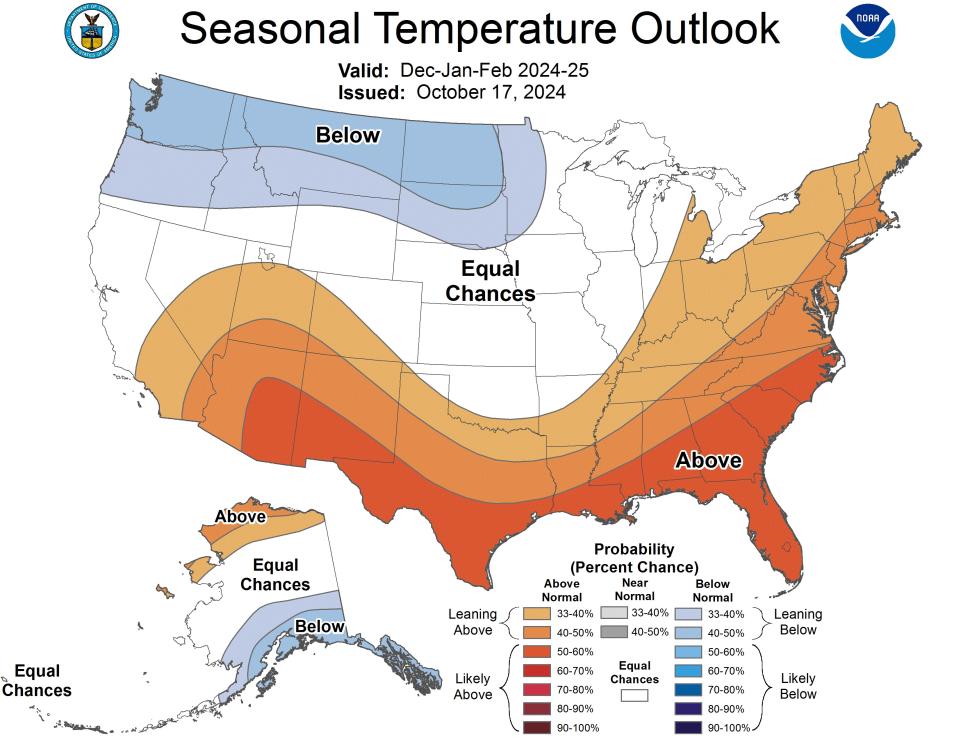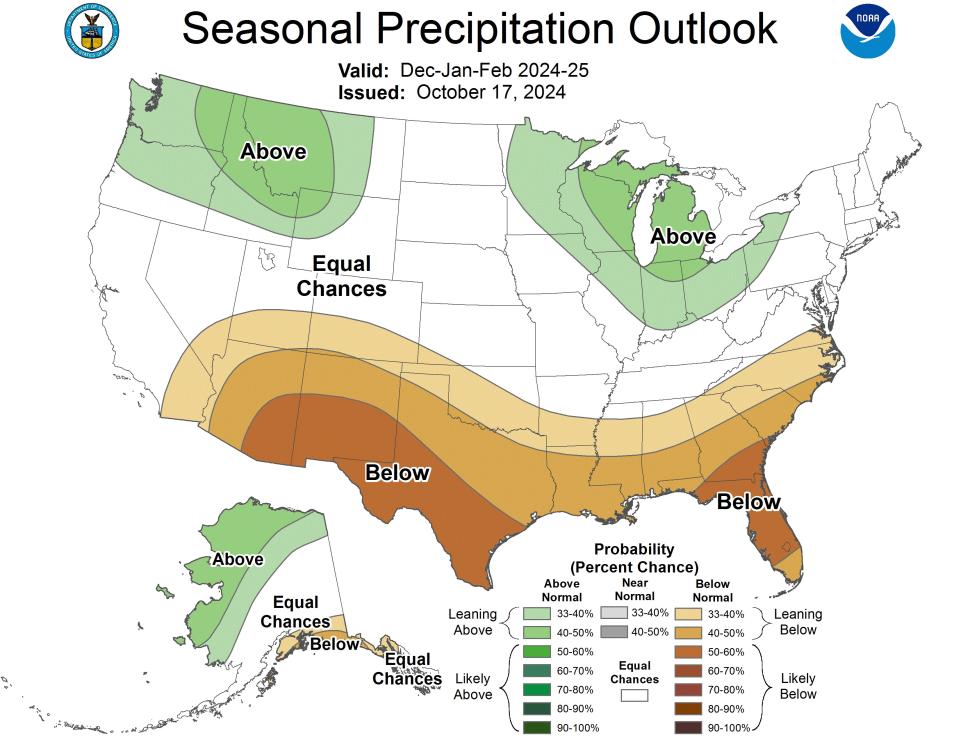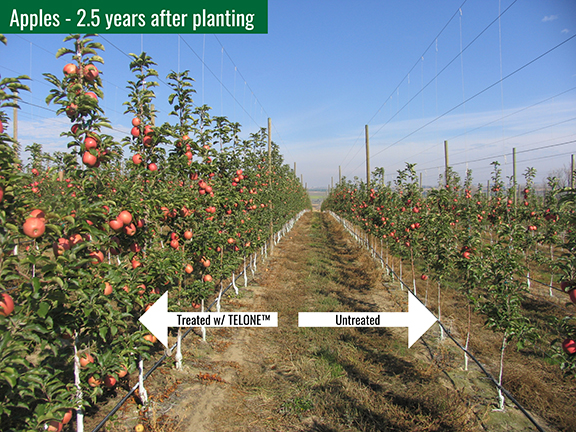La Niña Looms Large in Official Winter 2024-2025 Outlook
What a difference a year makes. No subject suits this statement better than weather. A year ago, headlines called out El Niño and what its influence could mean for the winter season. Fast forward to today and we’re talking about El Niño’s counterpart, La Niña. Both climate siblings are notorious for influencing weather patterns, including temperature, precipitation, tropical activity, and more. La Niña looks to play a big part in the upcoming winter 2024-2025 season for the U.S. This is made apparent in NOAA’s official winter 2024-2025 outlook, which covers Dec. 2024 through Feb. 2025.
La Niña conditions are expected to build this fall into winter. This can lead to a more northerly storm track during the winter, leaving the southern tier of the U.S. warmer and drier. As a result, NOAA forecasters expect drought conditions to persist and worsen across the central and southern Plains.
Conversely, they are calling for wetter-than-average conditions for the entire northern tier of the continental U.S., particularly in the Pacific Northwest and the Great Lakes region, along with northern and western Alaska.
So, what does all this mean?
Here’s NOAA’s winter 2024-2025 seasonal outlook in a nutshell.

Temperature Check
- Warmer-than-average temperatures are favored from the southern tier of the U.S. to the eastern Great Lakes, eastern seaboard, New England, and northern Alaska. These probabilities are strongest along the Gulf Coast and for most of Texas.
- Below-average temperatures are most likely in southern Alaska, with below-average temperatures slightly favored from the Pacific Northwest to the northern High Plains.
- The remaining areas have equal chances of below-, near-, or above-average seasonal mean temperatures.

Precipitation Predictions
- Wetter-than-average conditions are most likely in the Great Lakes states, and above-average precipitation is also favored in northern and western Alaska, the Pacific Northwest and across the northern tier of the U.S. These probabilities are strongest in portions of Ohio, Indiana, and Kentucky.
- The greatest likelihood for drier-than-average conditions are in states bordering the Gulf of Mexico, as well as in Texas and southern New Mexico.
- Much of California, the central Plains states, and the I-95 corridor from Boston to Washington, DC., have equal chances of below-average, near-average, or above-average seasonal total precipitation.
In August, the Farmers’ Almanac released its winter 2024-2025 outlook. Similar to NOAA, the publication’s editors note La Niña as a factor for consideration. However, the almanac’s forecasts for temperature and precipitation differ quite a bit.
NOAA scientists will continue to monitor climate conditions and update their 3-month outlook monthly. The next update will be available November 21.
Watch the video below to hear NOAA scientists discuss the winter 2024-2025 outlook.









